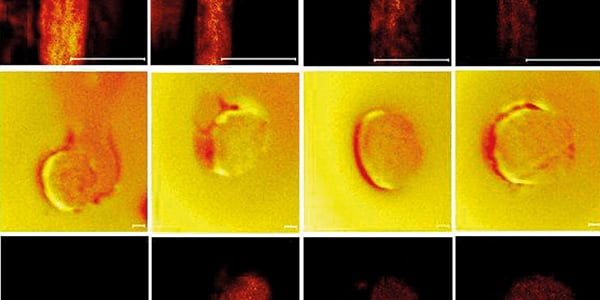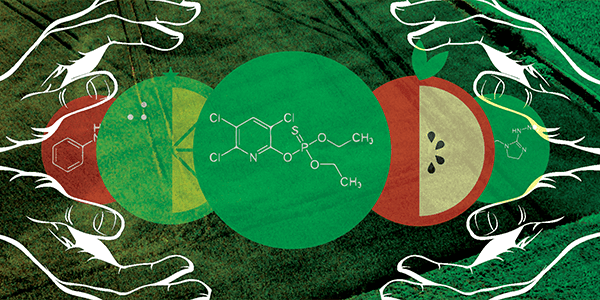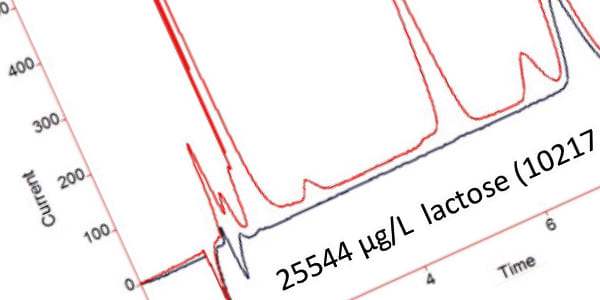
False
Apr

Guardians of Maximum Residue Limits
April 19, 2016
Is pesticide residue analysis still a hot topic? Ahead of EPRW 2016 in Cyprus, current Chair – Despo Louca Christodoulou – and scientific organizing committee members Magnus Jezussek and Sonja Masselter discuss the importance of the field in challenging times.
1 min read

When Two Worlds Collide
April 19, 2016
What is the chemical nature of thought? What is memory? Why, over 2000 years since Aristotle first asked such questions, are we still searching? We live and work in very exciting times, and I’m thrilled to be using all tools at my disposal to reach for the answers.
1 min read

Language as Quality Control...
April 18, 2016
... or sonicate until the cockroaches disappear. When writing is central to the job of assuring health, safety, and quality, can you afford to be loose with language prone to misunderstanding? Why take a chance? Here are a few strategies to edit your written work for quality control.
1 min read

Determination of Lactose in Lactose-free Products Using HPAEC-PAD
April 18, 2016
In many European countries, the limit of lactose in lactose-free labelled products has been lowered from 100 to 10 mg/100 g product in recent years (1).
1 min read

Drawn to the Light
April 18, 2016
Sitting Down With... Frank Bright, Henry M. Woodburn Chair and SUNY Distinguished Professor, Department of Chemistry, University at Buffalo, New York.
1 min read

Drifting into the Future with IMS
April 18, 2016
Why old technology or ideas still have a part to play when it comes to advancing analytical techniques.
1 min read

The Trouble with Metabolomics
April 18, 2016
The pursuit of the metabolome may no longer be a novel field, but it remains the biggest analytical challenge.
1 min read

Forensics: The Next Generation
April 18, 2016
How will modern genomics tools and other analytical breakthroughs drive forensic science?
1 min read

Outwitting Food Fraudsters
April 18, 2016
Developing an effective strategy to combat food fraud can be challenging; it means thinking on your feet and staying ahead of the game.
1 min read

False
Recommended
False